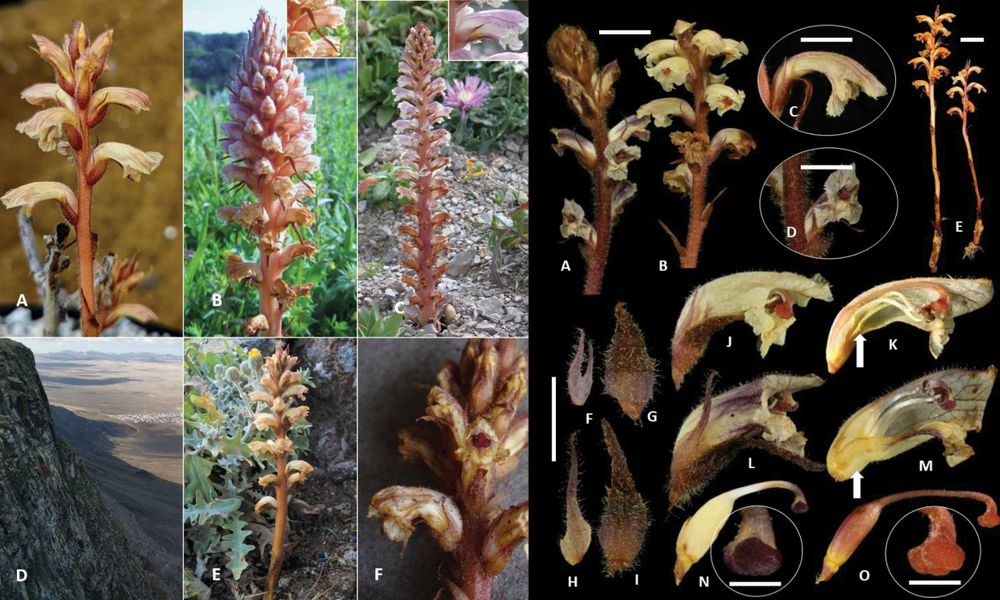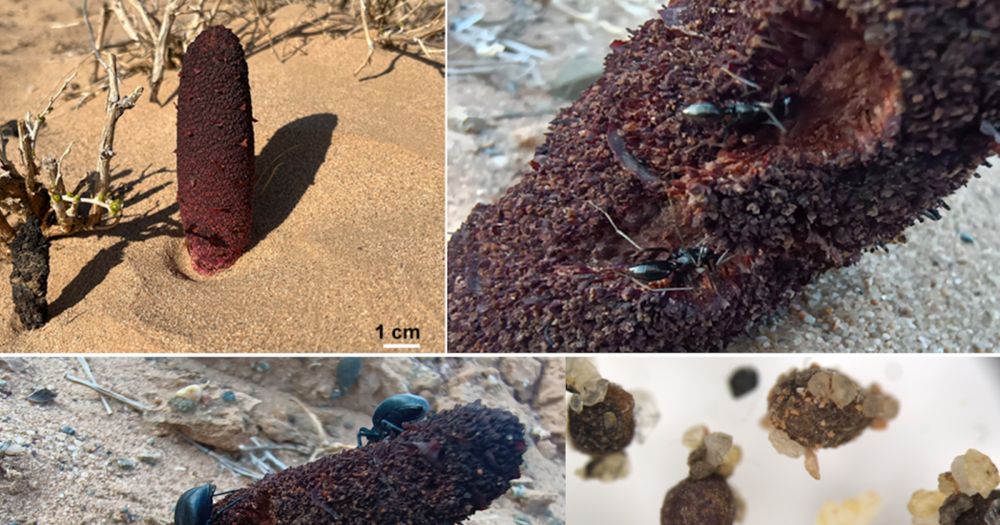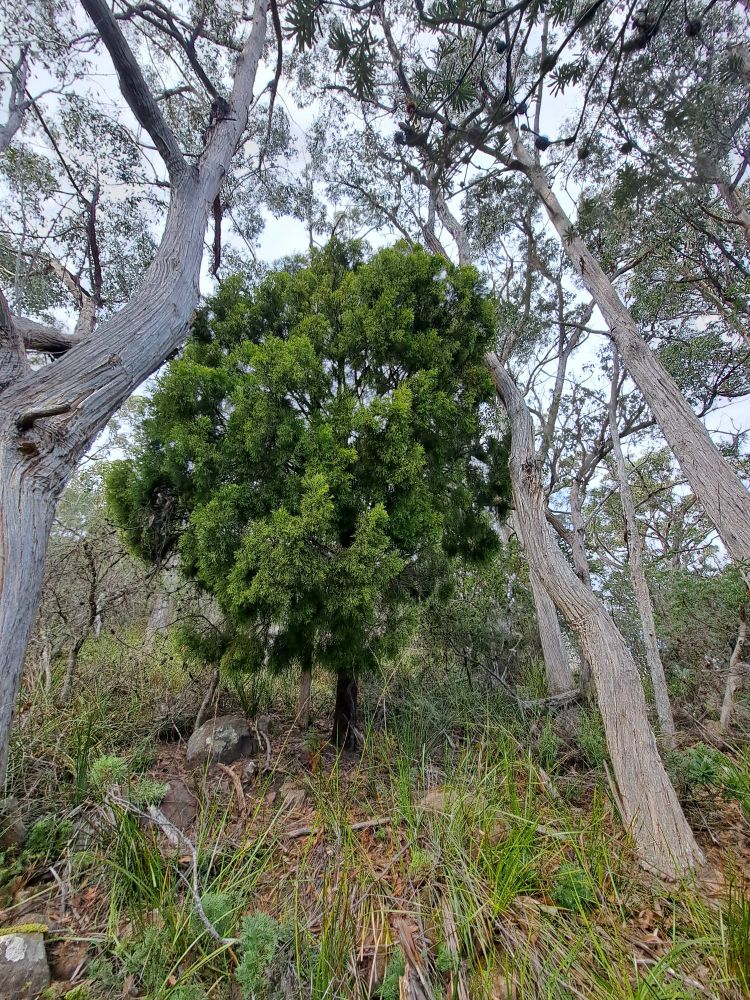International Parasitic Plant Society - IPPS
@parasiticplants.bsky.social
66 followers
47 following
51 posts
Welcome to the account of the International Parasitic Plant Society (IPPS)! Follow us for updates on the latest research, the diversity, and the impact on agriculture of these fascinating organisms!
For more, visit or join https://www.parasiticplants.org
Posts
Media
Videos
Starter Packs
Reposted by International Parasitic Plant Society - IPPS
Reposted by International Parasitic Plant Society - IPPS
Reposted by International Parasitic Plant Society - IPPS
Reposted by International Parasitic Plant Society - IPPS
Reposted by International Parasitic Plant Society - IPPS
Reposted by International Parasitic Plant Society - IPPS
Reposted by International Parasitic Plant Society - IPPS
Reposted by International Parasitic Plant Society - IPPS
Earth.com
@earthdotcom.bsky.social
· Aug 22

Leafless and mysterious parasitic plant survives by stealing water from other plants
Botanists have formally described a new parasitic plant from the Canary Islands, Orobanche andryalae, after two decades of field work and very patient verification. It is a tiny member of the broomrape group that taps the roots of other plants for water and nutrients, then blooms with understated charm on harsh volcanic ground. It took
www.earth.com
Reposted by International Parasitic Plant Society - IPPS
Chloee McLaughlin
@chloeemc.bsky.social
· Aug 11
Reposted by International Parasitic Plant Society - IPPS
Bio news
@bionews.bsky.social
· Aug 20
Chromosome level assembly and annotation of Cuscuta campestris Yunck. ("field dodder"), a model parasitic plant - PubMed
We present the first chromosome-level genome assembly and annotation for the genus Cuscuta, a twining and leafless parasitic plant of the morning glory family (Convolvulaceae). C. campestris, the study species, is a widely studied model parasite, due in part to its worldwide occurrence as a weed of …
pubmed.ncbi.nlm.nih.gov
Yuki Yamashita
@ydymst.bsky.social
· Aug 21

Parasitic‐Plant Parasite Rewires Flowering Pathways to Induce Stem‐Derived Galls
Gall-inducing insects manipulate host plant development, redirecting cellular fate and physiological processes to form novel structures. This phenomenon is even more intriguing when the host itself i...
doi.org
Reposted by International Parasitic Plant Society - IPPS

























